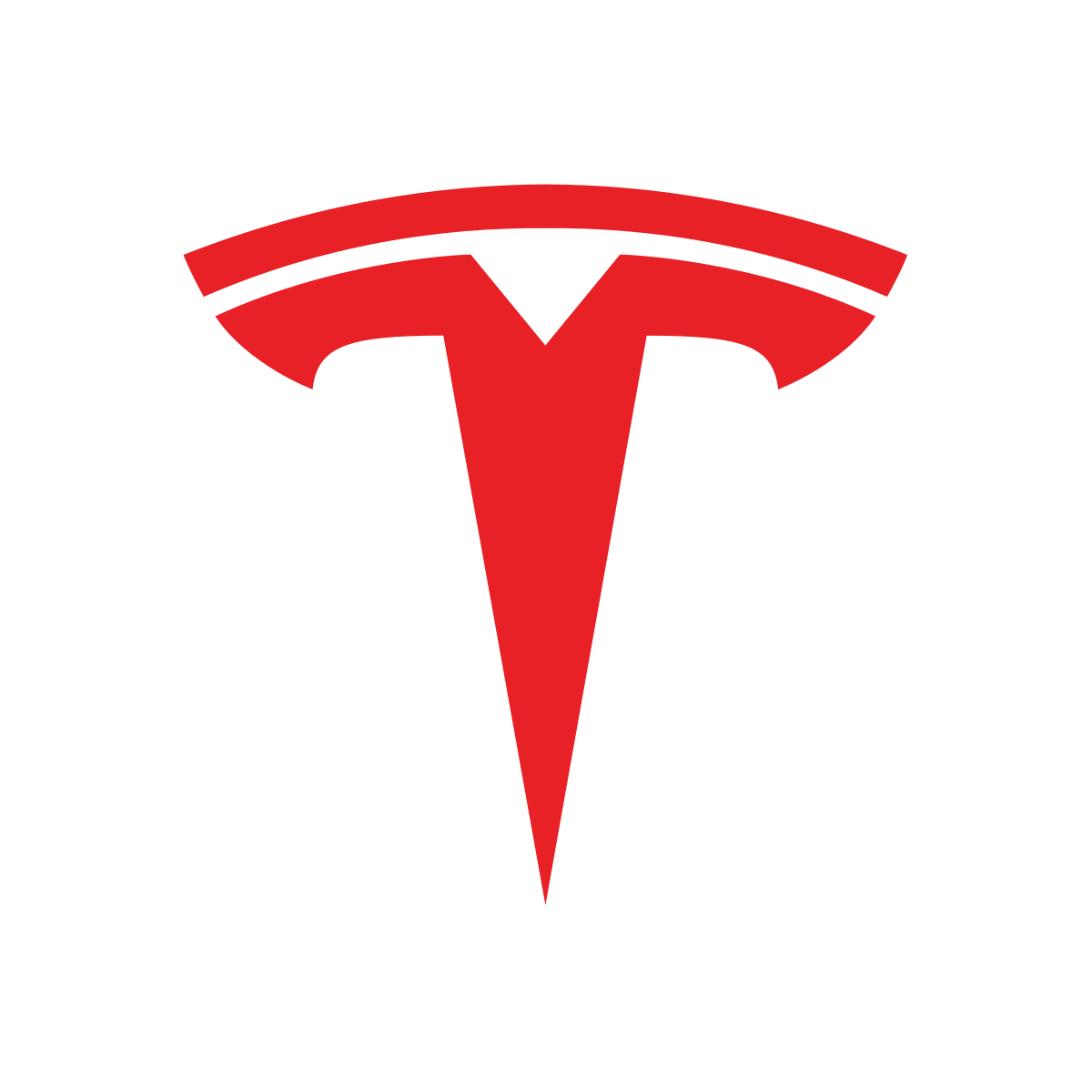Tesla Inc. continues to shatter expectations, delivering approximately 18,000 more vehicles than analysts predicted in the latest quarter - a surplus of over 43,000 compared to any previous period. Having already produced over 920,500 cars in H1 2023, Tesla is confidently on track to meet its annual production target of approximately 1.8 million vehicles.
The focus now shifts to the impact of Tesla’s growth-focused approach on Q2 margins and the company’s plans to leverage its two workhorses, the Model Y SUV and Model 3 sedan, responsible for 97% of its total deliveries this year.
Despite being on the market for three and six years, respectively, the Model Y and Model 3 remain crowd-pleasers, topping the luxury vehicle charts globally last year. Efforts to maintain this high demand included substantial price cuts, potential access to up to $7,500 federal tax credits in the US, and attractive perks like free fast-charging.
Nevertheless, Tesla’s production still outpaced sales by about 13,300 vehicles in the last quarter and by roughly 74,300 over the past year. According to Bernstein analyst Toni Sacconaghi, this could pressure Tesla to further reduce pricing and/or increase promotional activity, leading to a squeeze on margins.
Future model launches are not expected to significantly ease this pressure anytime soon. Tesla’s anticipated Cybertruck, set to start production later this year, will initially have a slow production rate. Elon Musk has noted that keeping the pickup affordable will be challenging due to the new manufacturing methods it requires.
Until Tesla can ramp up production of lower-cost next-generation models – which Bernstein predicts won’t occur until at least 2025 – the company will have to maximize the potential of its current star performers, the Model Y and Model 3. Work is already underway on refreshed versions of these models, dubbed Project Highland and Project Juniper, though the timelines for their readiness remain unclear.
Throughout the pandemic, Tesla’s minimalist approach to its model lineup proved advantageous, helping the company navigate the supply chain disruptions. However, the limits of this strategy are being tested as Tesla continues its pursuit of growth. It’s anticipated that a blend of price reductions and product revamps will be necessary to meet market expectations.
Despite these challenges, the electric vehicle titan continues to push the boundaries of innovation and growth, further solidifying its dominance in the global EV market. Tesla’s performance not only signals its resilience but also underscores the vast potential that lies within its minimalist model strategy.
Seems that new production chain is happening in 2024 at least: https://www.youtube.com/live/ijVBeUJI1SY
*edit: more direct link *

